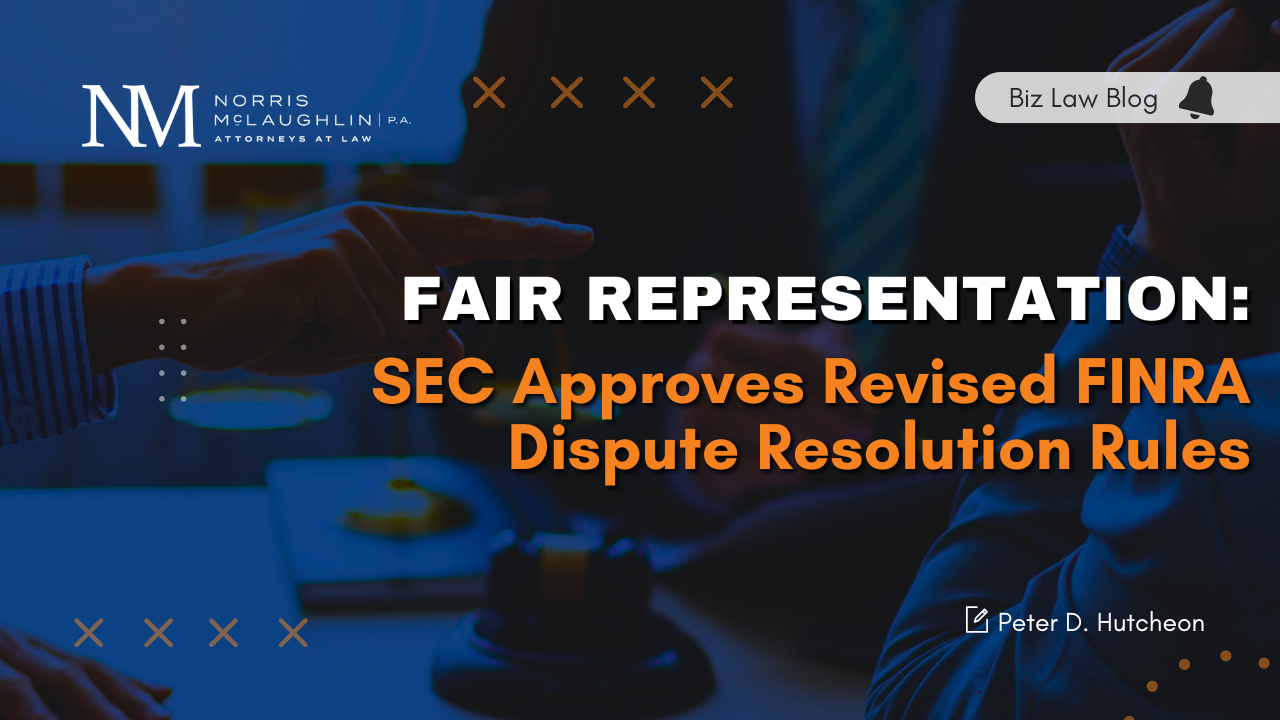Seller Financing in M&A: Making a Deferred Purchase Price Work for Both Parties

Often in smaller and middle-market M&A transactions, Buyers require Sellers to finance a portion of the deal. Seller financing can take any of the following forms (among others):
- Promissory Notes – where an unpaid portion of the purchase price is paid by debt over time.
- Earnouts - where an unpaid portion of the purchase price is contingent on certain factors, such as the future performance of the business.
- Rollover Equity – where Seller reinvests a portion of the purchase price in the target or the combined business unit.
- Licensing Arrangements – where a portion of the purchase price is paid via a license or royalty based on post-closing revenue generation.
- Holdbacks –where the deferred purchase price is withheld by Buyer for a certain period of time and is not evidenced by a promissory note (similar to escrows, but in escrows, Buyer puts the cash into an escrow account at closing).
In all these situations, Seller is at risk of Buyer being unable to make good on the portion of the purchase price so deferred. Why do Buyers sometimes require this?
- Deferring the purchase price shares the risk with the business’ Sellers continuing to perform after the deal has closed.
- Deferring the purchase price can lock Sellers into making a smooth transition, or even being an integral part of the ongoing team.
- Buyers may not have sufficient cash available at Closing, and third-party financing is more expensive or may even be unavailable.
- Buyers want to ensure there is an asset to seek recourse against for indemnification claims.
- There is a disagreement on the value of the target that can be resolved between Sellers and Buyers only after the closing.
- In the case of a promissory note, Buyers may want to obtain certain tax advantages from writing off interest payments.
All of these are legitimate reasons for Buyers and Sellers to agree to defer the purchase price. But Sellers beware – if the ongoing operations of the target do not support the deferred purchase price being paid, Seller financing puts Sellers at risk of losing the benefit of the bargain. For example:
1) A target has seasonality in its business, and while it generates earnings before interest, taxes, depreciation and amortization (EBITDA) of $50 per month on average, in some months it dips to $10 per month but has to pay a promissory note of $25 per month. What happens then?
2) Buyer is financing through a combination of SBA financing and Seller financing, but the Seller financing is taking second position. If the revenue stream doesn’t account for paying back the SBA lender and covering ordinary operational costs, Seller financing may never get paid back.
3) Seller financing takes the form of rollover equity, but the Buyer doesn’t have an exit plan. If specific Seller protections are not included in the definitive agreements, the Seller may never have a realization event.
In these situations and others, these complexities must be thought through by a combination of accounting and legal services. If you’re in need of a legal opinion or an attorney for your M&A transactions, do not hesitate to reach out to Jeff Cassin at jcassin@norris-law.com or Sam Riva at sriva@norris-law.com with further questions.




